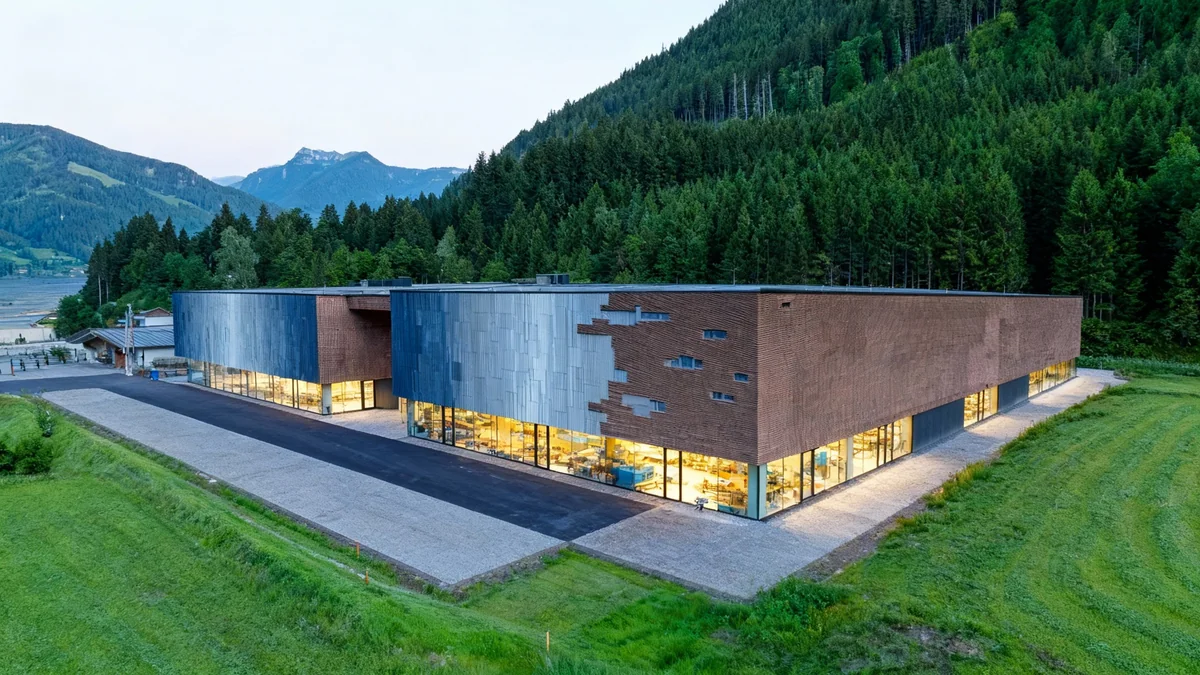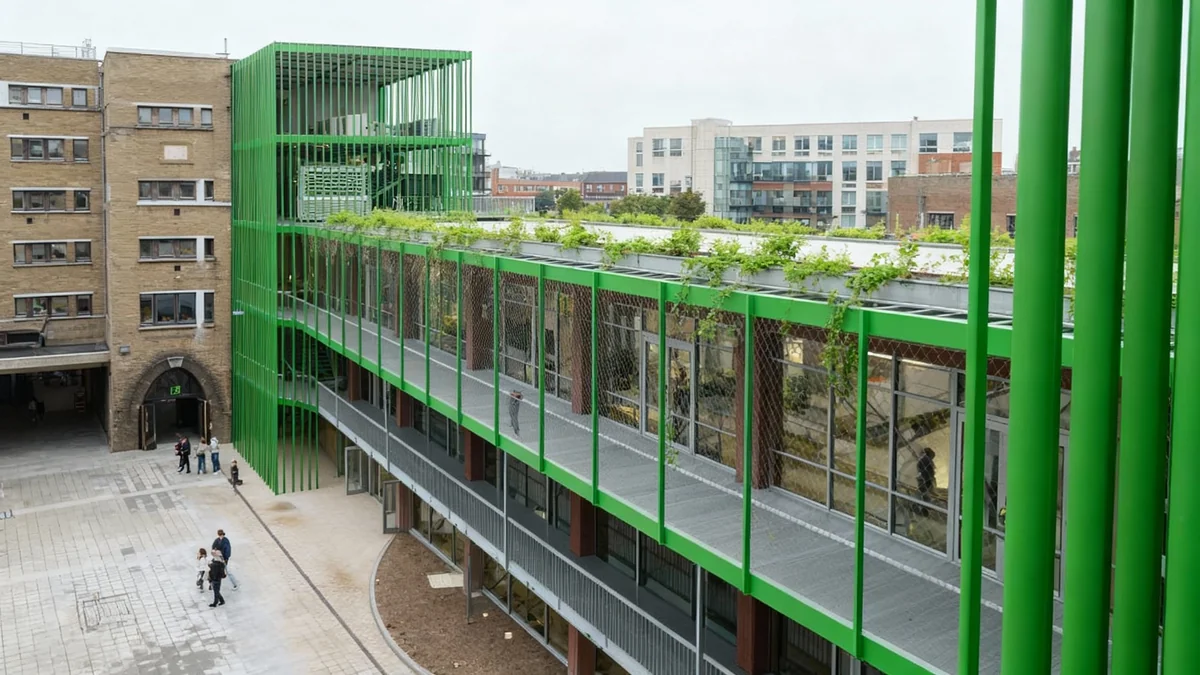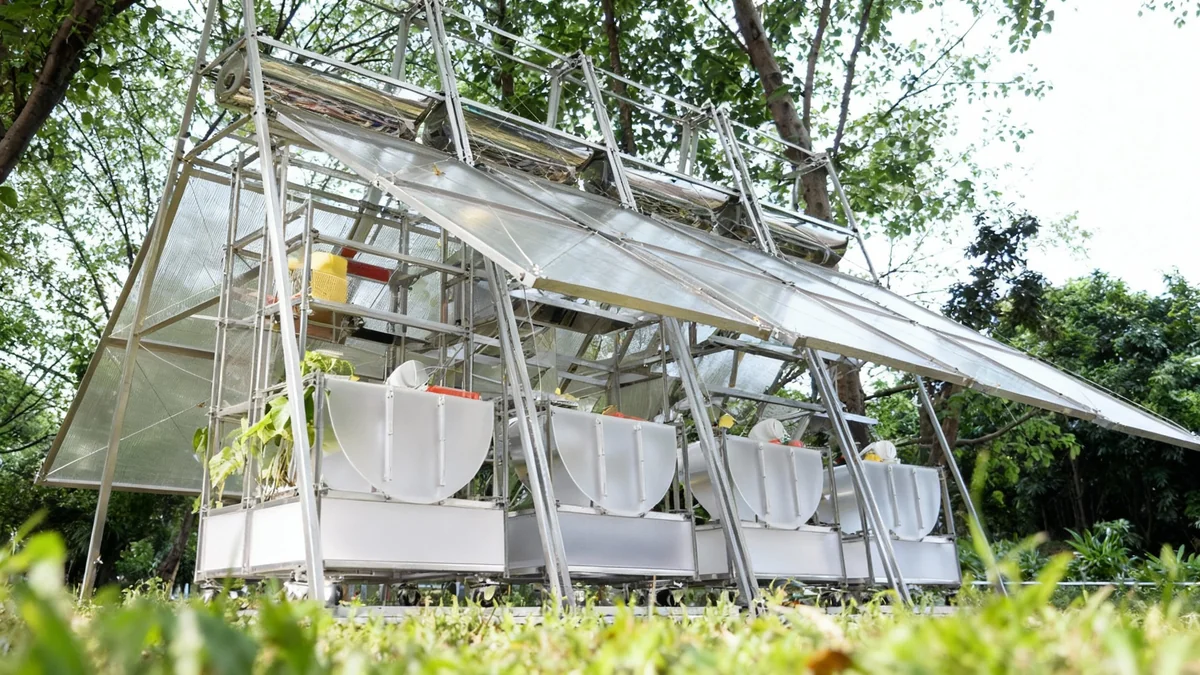Sydney is currently hosting a unique architectural exhibition, 'Civic Vision,' which highlights the enduring importance of scale models in shaping urban landscapes. The exhibition, part of the annual Sydney Open event, offers a rare look into seven decades of design work from the renowned firm Foster + Partners.
Key Takeaways
- The 'Civic Vision' exhibition showcases architectural scale models from Foster + Partners.
- It runs in Sydney as part of the annual Sydney Open event.
- Models serve as critical tools for architects and clients to visualize complex designs.
- The exhibition features iconic structures like the Gherkin and Stansted Airport.
- Despite 3D printing, traditional model making remains vital in architectural practice.
The Enduring Role of Physical Models in Design
Architectural scale models, often seen as miniature versions of future landmarks, are more than just decorative pieces. They are fundamental tools in the design process, allowing architects to translate complex two-dimensional plans into tangible, three-dimensional forms. This hands-on approach helps in understanding the aesthetics and functionality of a building long before construction begins.
The 'Civic Vision' exhibition, drawn from a major Norman Foster retrospective initially held at the Centre Pompidou in Paris, provides a comprehensive overview of how these models have influenced some of the world's most recognizable structures. Norman Foster founded Foster + Partners in 1967, and the firm has since become a global leader in architectural innovation.
Quick Fact
Foster + Partners employs approximately 60 skilled model makers, demonstrating the continued importance of human craftsmanship in the digital age.
From Concept to Concrete: How Models Aid Visualization
Katy Harris, Foster + Partners' London-based head of communications, emphasizes the critical role models play. "The model is a tool for understanding how a building will look and feel," Harris stated. She explained that architects must think in three dimensions, making physical models essential for verifying design accuracy.
Models are also crucial for clients who may not easily interpret technical drawings. Presenting a physical model allows them to grasp the scale and spatial relationships of a proposed building, fostering a clearer understanding of the design vision. This can be particularly important for large-scale projects where abstract concepts need concrete representation.
"Architects have to think in 3D … that’s why physically making models is incredibly important to understand whether you have designed correctly."
Iconic Projects in Miniature
The exhibition showcases a diverse range of models, illustrating the firm's work across different eras and continents. Visitors can see a hand-built timber and metal model of the 1980s Hong Kong and Shanghai Bank. Another highlight is a meticulously detailed model of the proposed new Old Trafford stadium, which includes 50,000 miniature human spectators to convey scale and atmosphere.
One notable display is the model of Stansted Airport (1991). This project marked a significant shift in infrastructure design by placing all mechanical services beneath the concourse. This innovative approach freed up the roof, allowing natural light to flood the terminal and improving passenger orientation. This design has since been widely adopted by airports globally.
Background on Sydney Open
Sydney Open is an annual architecture event, now in its 21st year. It provides public access to a variety of buildings and spaces, offering insights into design processes and contrasting new constructions with historical heritage sites. This year, 57 buildings and spaces are open to the public.
Technological Evolution and Human Craftsmanship
The exhibition also traces the evolution of model making, acknowledging the impact of 3D printing. While 3D printing has revolutionized certain aspects of the process, it has not replaced the need for skilled human model makers. The firm continues to employ a dedicated team of craftspeople who bring these miniature worlds to life.
Viewing these detailed models evokes a sense of childhood wonder, reminiscent of building with Lego or creating kit models. This universal appeal allows a broader audience to appreciate the complexity and vision behind architectural projects, transcending technical jargon and abstract plans.
Local and Global Impact
The exhibition features models of globally recognized structures alongside local Sydney landmarks. The 30 St Mary Axe building, famously known as the Gherkin in London, is represented with a model that reveals its intricate ventilation system. Spiraling bands of atria facilitate natural airflow, making it an early example of an ecological high-rise. This level of detail is often impossible to discern from the actual building itself.
Locally, models of Deutsche Bank Place and the new Parkline Place illustrate the concept of transport-oriented development, integrating commercial towers with major transit hubs like Gadigal station. These examples show how careful design can transform urban environments and enhance public spaces, such as the redesign of Trafalgar Square, which replaced a traffic roundabout with a pedestrian plaza.
Exploring Sydney's Architectural Landscape
The Foster + Partners exhibition is housed in the firm’s Sydney studios within the Parkline Place tower, a 39-storey structure above Gadigal station. It forms a key part of the broader Sydney Open program, which celebrates the city's unique architectural identity.
Visitors attending Sydney Open can explore other significant sites, including Bundarra in Surry Hills, Australia’s first external diagrid structure at One Shelley Street, and the new aerodynamic commercial tower 1 Elizabeth, integrated with the Sydney Metro Martin Place station. The program also includes the conversion of the old Darlinghurst police station into Qtopia Sydney, the world’s largest center for queer history and culture. Historical sites like the Sydney Observatory, Mortuary Station, and the archaeological Parbury Ruins are also open to the public. The main Sydney Open day is Sunday, November 2, with other events continuing through November and December.




